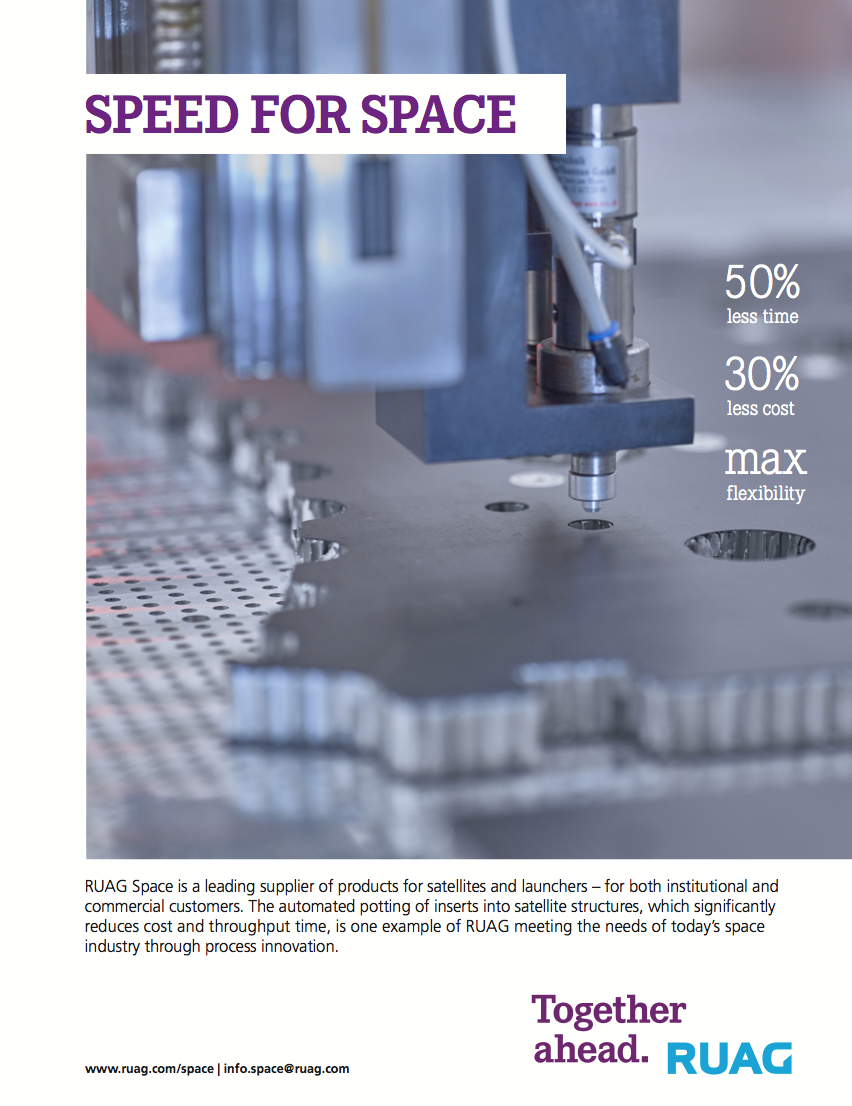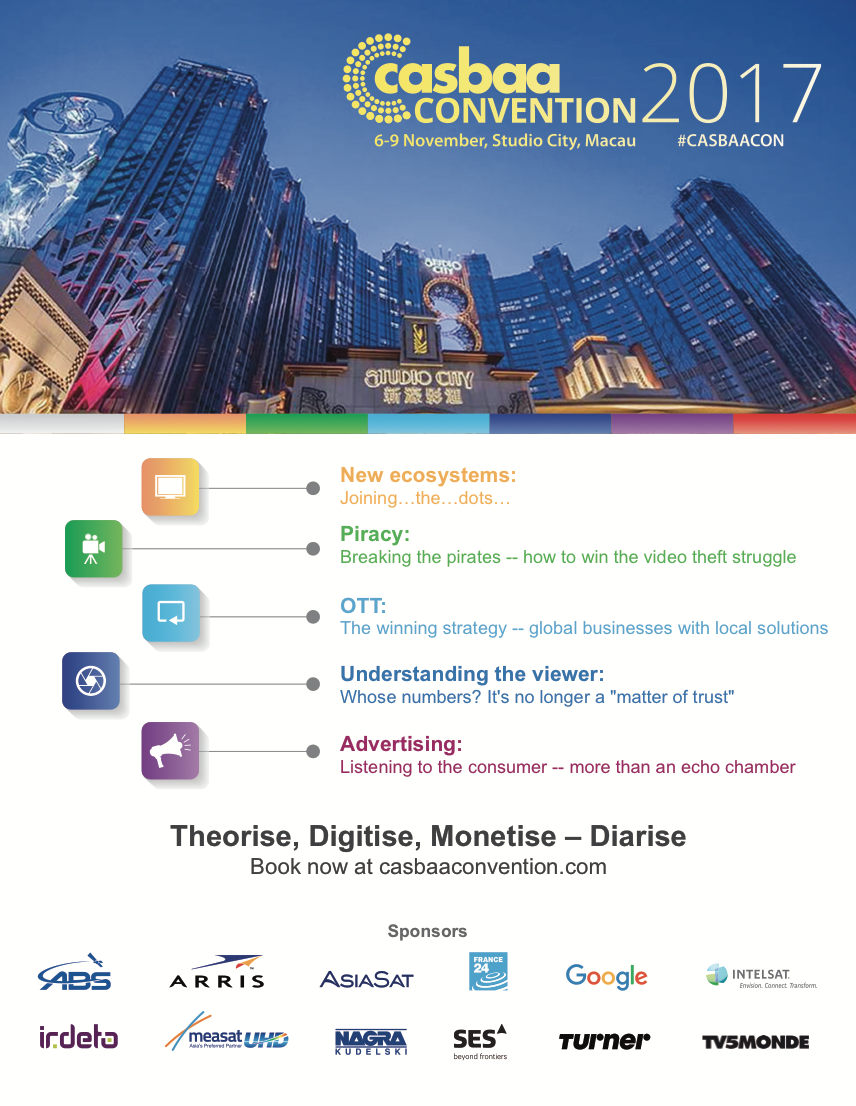Search on Google for “Internet of Things” (IOT) and you will get more than 200 million hits. That’s no surprise. IoT is projected to grow from 15 billion connected devices in 2015 to 31 billion in 2020, according to HIS.

Most of those devices will connect over terrestrial networks — but the ability to connect anywhere, anytime already depends on one of the earliest high-tech inventions: satellite. In this issue, we focus on satellite technology that is building an Internet of Things truly circling the globe.
IoT offers industrial companies new and better options for protecting assets than in the past. Among the most powerful is geofencing: the ability to track the location of valuable assets and establish a virtual “fence” around where they are supposed to be. How does geofencing actually work? What can a company that provides satellite services do to enable it?
Julie McGowan
When an asset is outside an established Location Area (LA), Geofencing provides event triggered capability. For years, organizations have had no visibility of their assets when out of range. Misplaced and stolen inventory can potentially amount to millions of lost dollars per year for larger enterprise companies.
Event triggering, or “customized notification,” whether an alarm, email, text, etc., provides an organization the ability to “act” on retrieving an asset. The goal and outcome is to retain inventory and protect the bottom line. Satellite access, because it is global, whether it is paired with cellular, Wi-Fi or by itself expands the overall reach inside and outside of the LA.
Managing massive data flows is the other topic that you will be talking about. It is big challenge, from taking in data from outside to managing its flow through the enterprise and often out again, at least in some form. How do IoT systems capture and aggregate this data efficiently? How can this increase business intelligence in the enterprise?
Julie McGowan
The ideal scenario for an enterprise that is managing massive data flows is one platform for everything, including: provisioning, billing, invoicing, and network management, with the outcome, again ideally, of having more streamlined operations.
That “ideal” is still largely a fantasy. However, more than ever they need to strive for this goal. It is vital that they do. While managing data across multiple facets of organizations is challenging, we have found that an enterprise can get very close to its goal by taking five initial actions. They are:
• Establishing detailed criteria for the data flows across the entire company (not just IT)
• Identify ways to store information for retrieval and distribution on a just-in-time basis
• Discussions regarding how time-sensitive data is to be used for decision-making and for improving departmental and company-wide efficiencies in all areas of the business
• A schematic for filtering information based on organizational roles. These would naturally be prioritized by job title and function
• Access to data regardless of location or geography. This is a critical IT task and possibly the most complicated task because every technical standard, protocol and software code will be unique

Taking these five actions creates a baseline and results in a smarter, more information-based decision-making process, which translates into the delivery of not only better customer service, but also allows the data to be used to innovate upon new products or services regularly.
If you were to look at the range of benefits that a company like Globecomm offers to a client as it relates to IoT, what would say are the major ones today?
Julie McGowan
I would say that our global reach across multiple verticals such as Wireless, Government, Enterprise, Media, and Maritime is significant, because the verticals overlap more and more.
Our experiential levels are higher because of this. I would also say we have the benefit of having global roaming agreements in place for both cellular and satellite coverage. Globecomm is a classic “one-stop-shop” for everything, ranging from application to connectivity to platforms. We design it, build it, manage it and find ways to add value to it for your business customers.
www.globecomm.com/



